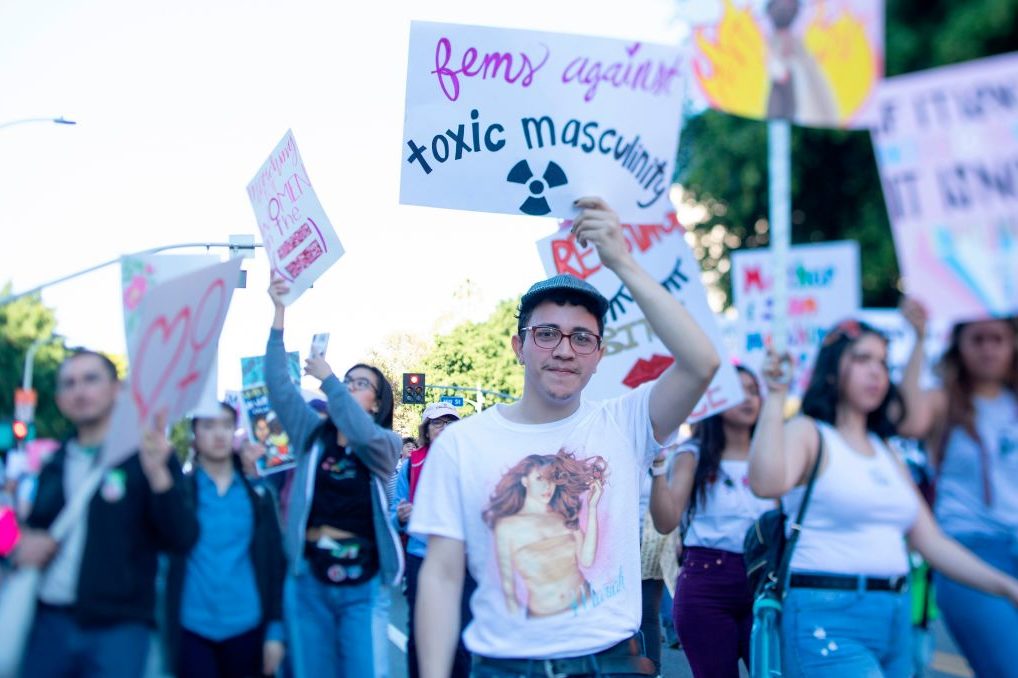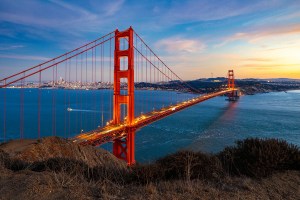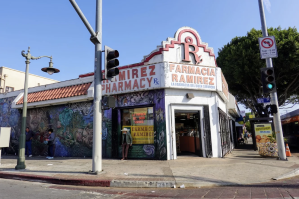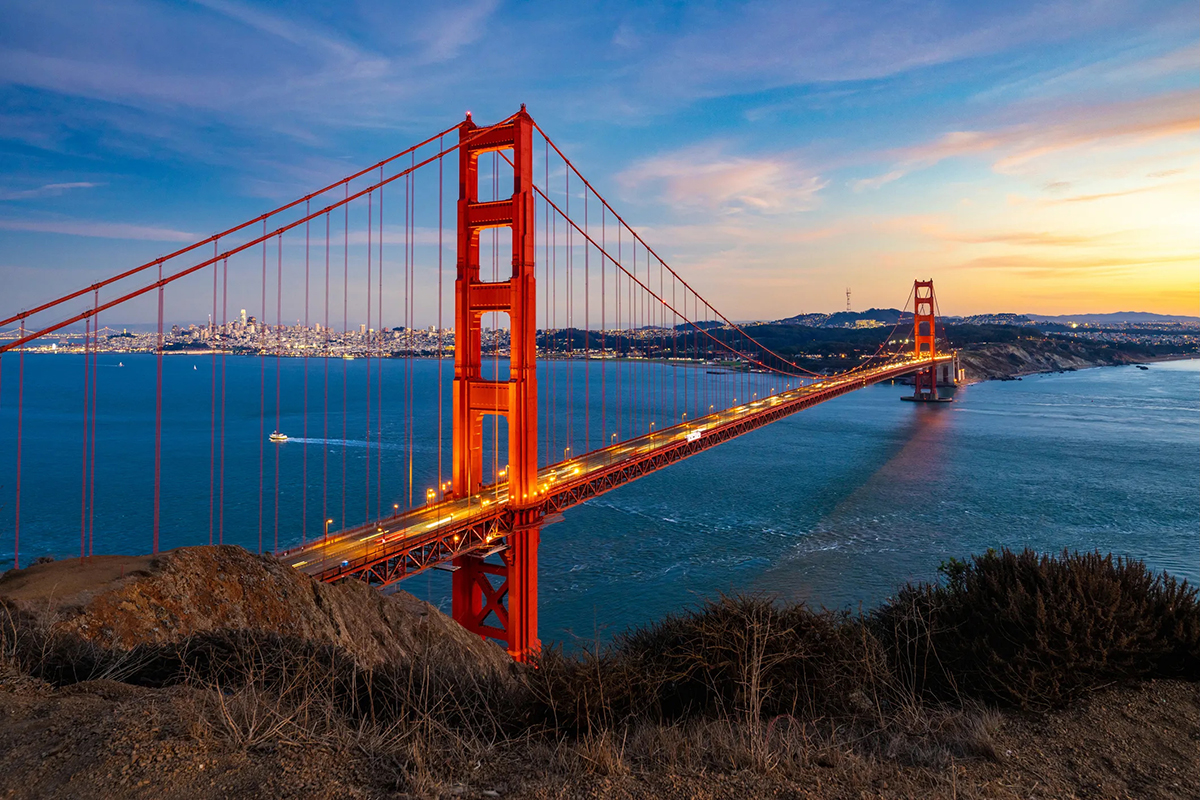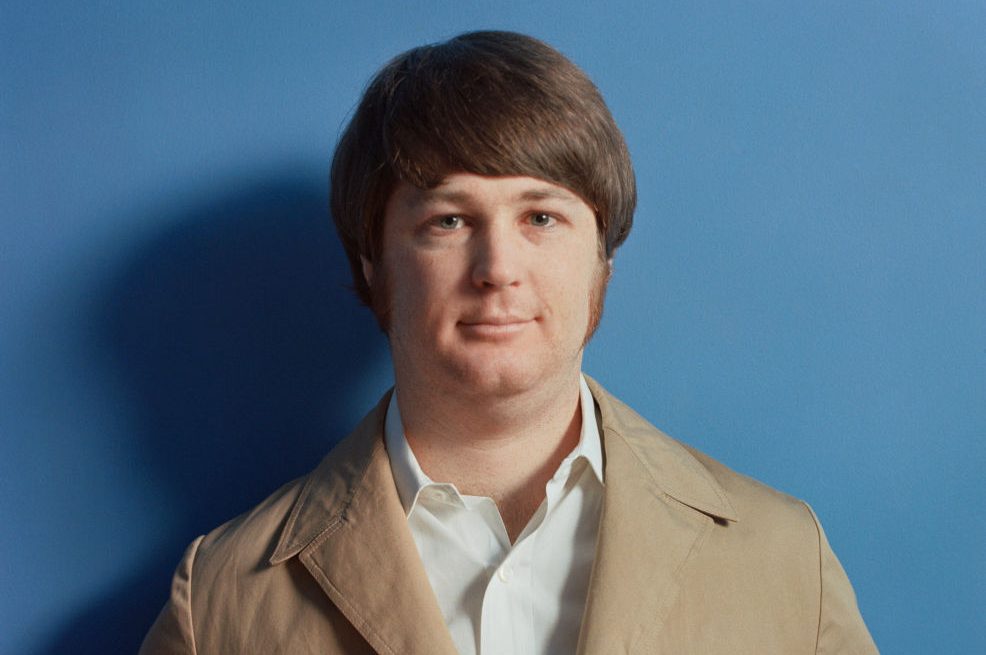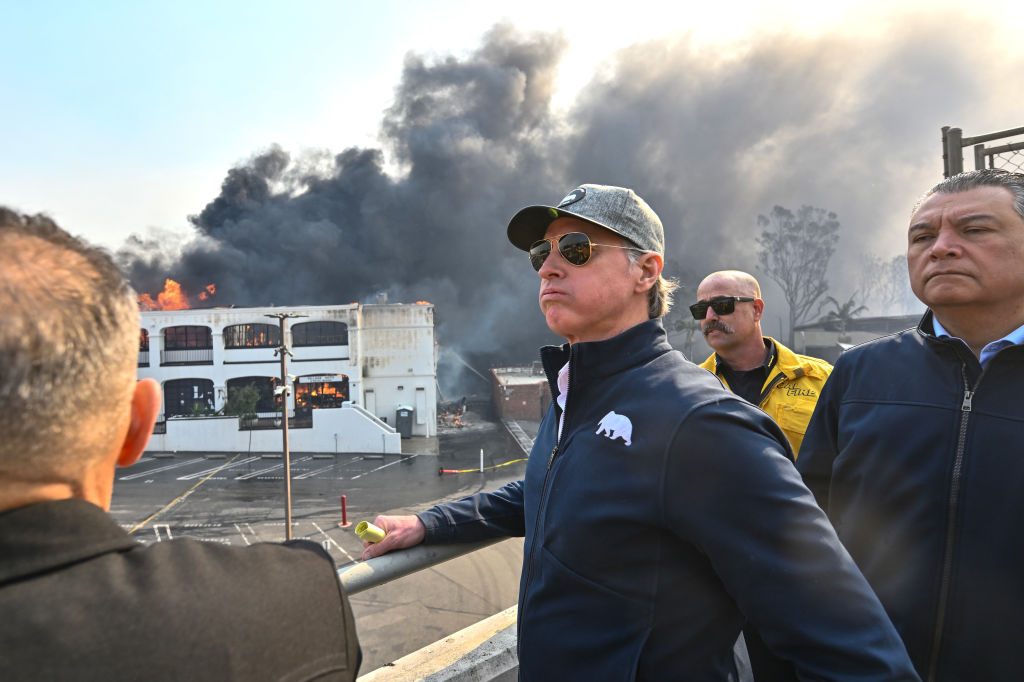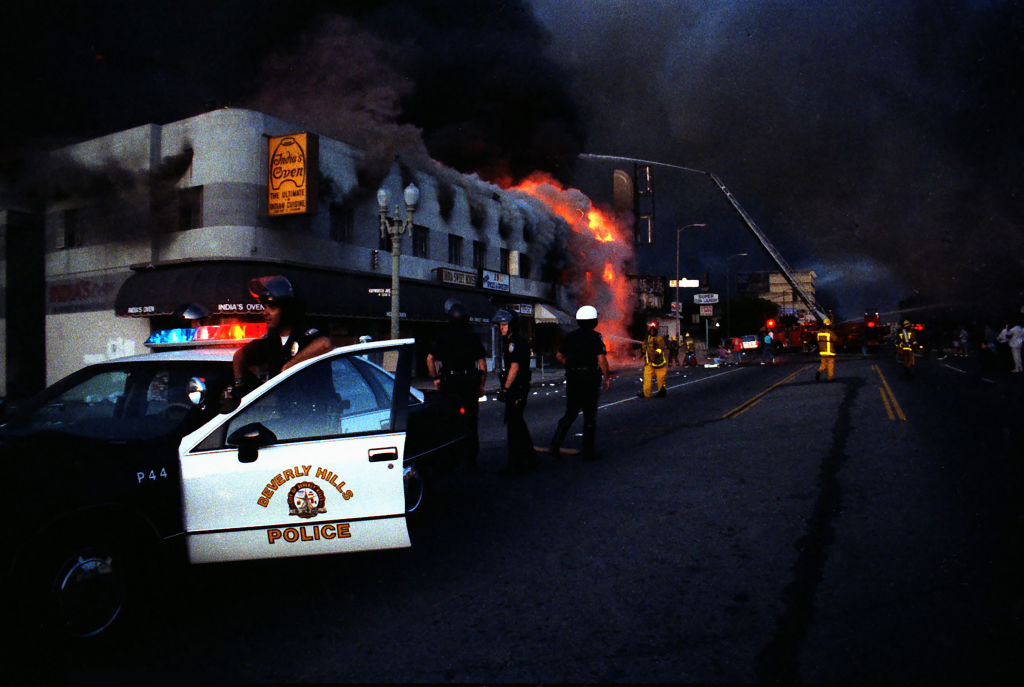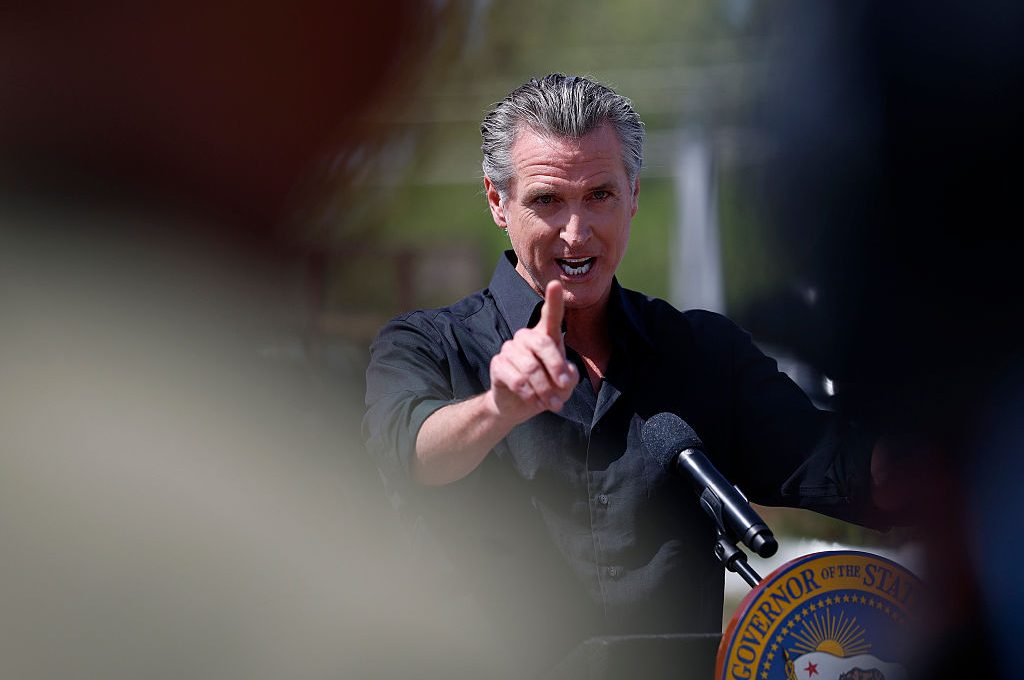Laramie, Wyoming
American historians will recall the first Bear Flag Republic that lasted 25 days in June and July 1846, while American literary critics are doubtless familiar with Dora Flood’s Bear Flag Restaurant (in reality a brothel) in John Steinbeck’s Cannery Row stories. Although the old Republic’s short, happy life came to a tragicomic end when John C. Frémont’s revolt against Mexico was summarily put down, the Bear Flag was resurrected four years later. When California was brought into the Union on September 9, 1850, the new state adopted the rebel flag as its own.
Ursus arctos horribilis, chosen as a symbol of great strength, was for more than a century and a half a fair representation of the accumulating wealth and political power of one of America’s largest and richest states. Since the 1960s, however, the average American, hearing the word ‘bâr’ spoken in reference to the Golden State, has probably thought ‘bare’ instead of ‘bear’, whether he is familiar with Ms Flood and her ladies or not.
My antipathetic view of the place developed from the age of 10 or 12, when a family friend and neighbor in Vermont returned from a visit and rendered her verdict on the state: ‘California for the Californians!’
I first visited in the early Seventies to attend a scholarly convention in San Francisco and was impressed by the view from Russian Hill as the fog lifted like a theater curtain from the Bay — and by nothing else. My next visit was in the summer of 1984, when a friend and I were held over in Los Angeles on a flight to Anchorage on a salmon-fishing expedition.
Had our Magnum revolvers — sturdily cased, identified by Day-Glo warning tags and lodged safely in the cockpit for the duration of the flight from Salt Lake City — been readily available, we should probably have demanded them immediately upon disembarkation at LAX. To the eyes of two innocent young men from the sane and healthy wilds of Wyoming, the airport appeared to be a dreadful combination of New York’s East Village, a Barnum & Bailey show and the intergalactic saloon in Star Wars. The 12-feet tall Kodiak bear, stuffed and mounted in the arrivals terminal in Anchorage when we finally landed there, was not half so hideous to behold.
Two years later, I spent a fast and furious night on the border at Tijuana with the Border Patrol, which issued me a heavy military flashlight and set me to chasing invaders come across from Mexico from one mesquite bush to another. My last visit to California, by far the pleasantest, was spent in June 1996 with a ranching couple near Chico in the northern part of the state.
In the shadow of Lassen Peak the three of us moved cattle around on horseback for most of a day, while my hosts explained the difficulties of cattle ranching in a locale where the environmentalists had succeeded in outlawing the killing of mountain lions, thus pushing the deer population to near extinction and forcing the lions to prey upon the helpless cows for their dinners, and even on family dogs in suburban neighborhoods. After supper one evening we watched Braveheart together — perhaps the most enthusiastic audience Mel Gibson ever had. More than 20 years later, the ranch would probably have been raided by California State Troopers, we’d all have been arrested and Alcatraz would have been re-commissioned for our benefit: an island prison resembling the grim fortress in Dumas père’s Count of Monte Cristo.
Admirers note that, were California an independent nation, its economy would be that of the fifth-largest country in the world, immediately ahead of the United Kingdom. They never add that independence would also qualify the People’s Republic of the Pacific as the world’s first clinically insane country in a world in which a large proportion of the other 193 countries are simply evil. Ugandans, for example, encouraged by Idi Amin, were enthusiastic cannibals; if contemporary reports are to be believed, some of them still are. Cannibalism is not an insane practice; it is a logical and satisfactory one in a society a significant number of whose members have acquired a gourmet’s appreciation for the taste of human flesh.
Transgenderism, by contrast, is an obvious form of insanity and so is the insistence, recently endorsed in the Democratic primary debates, on abortion on demand for men. And so are open borders for a socialist country and automatic citizenship, free education and free medical care for however many illegal aliens from everywhere have had the pedal strength to step across the international line; sanctuary cities affording protection to violent foreign criminals; and the cultivation of human feces in the streets of a modern western metropolis like that of night soil by the pre-modern Chinese.
Before the 1960s, the culture of lunacy in California was confined more or less to Hollywood, Beverly Hills and Carmel, but this is so no longer. Today, a land area of 163,696 square miles, officially populated by 39.56 million people, is a gigantic asylum inhabited by inmates suffering from an overwhelming compulsion to commit societal suicide.
Americans are treated to much learned speculation regarding the constitutionality — even the morality — of the secession of one or more states from our ever greater and more perfect Union. Yet no attention whatsoever has been paid to the question of whether the Union can expel a state whose politics, social conduct, morals and what liberals call ‘values’ have devolved to the point where they are no longer consonant with those of the other states. The case of California offers the perfect opportunity to begin a national conversation about it, probably in Spanish.
Suicide, of course, is not an infallible sign of insanity. It is not insane, for instance, for a person suffering from intolerable physical or emotional pain, from hopeless depression, or from self-hatred to take his own life, though it may be stupid and immoral, and certainly un-Christian.
But Californians, considered in the mass, are not unhappy, or even discontented, people. They are, rather, supremely confident of their superiority over everyone else in America, at home in an earthly paradise designed according to the best and most up-to-date liberal principles discovered by experts in the fields of mental, social and cultural hygiene, all of them safeguarded by the most progressive government ever seen since the days of Comrade Stalin and Chairman Mao. If the people of the Golden State can plausibly be diagnosed with anything it is narcissism, not self-contempt; a disorder whose symptoms are pleasant, even euphoric.
This article is in The Spectator’s November 2019 US edition.



